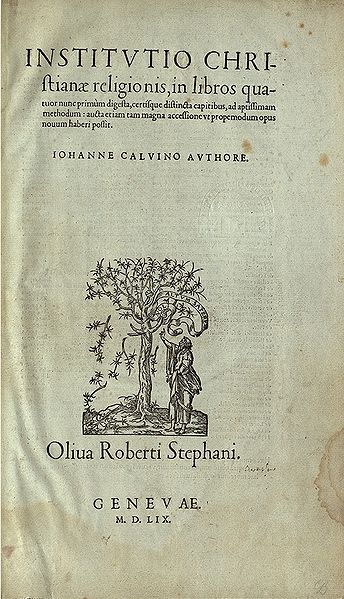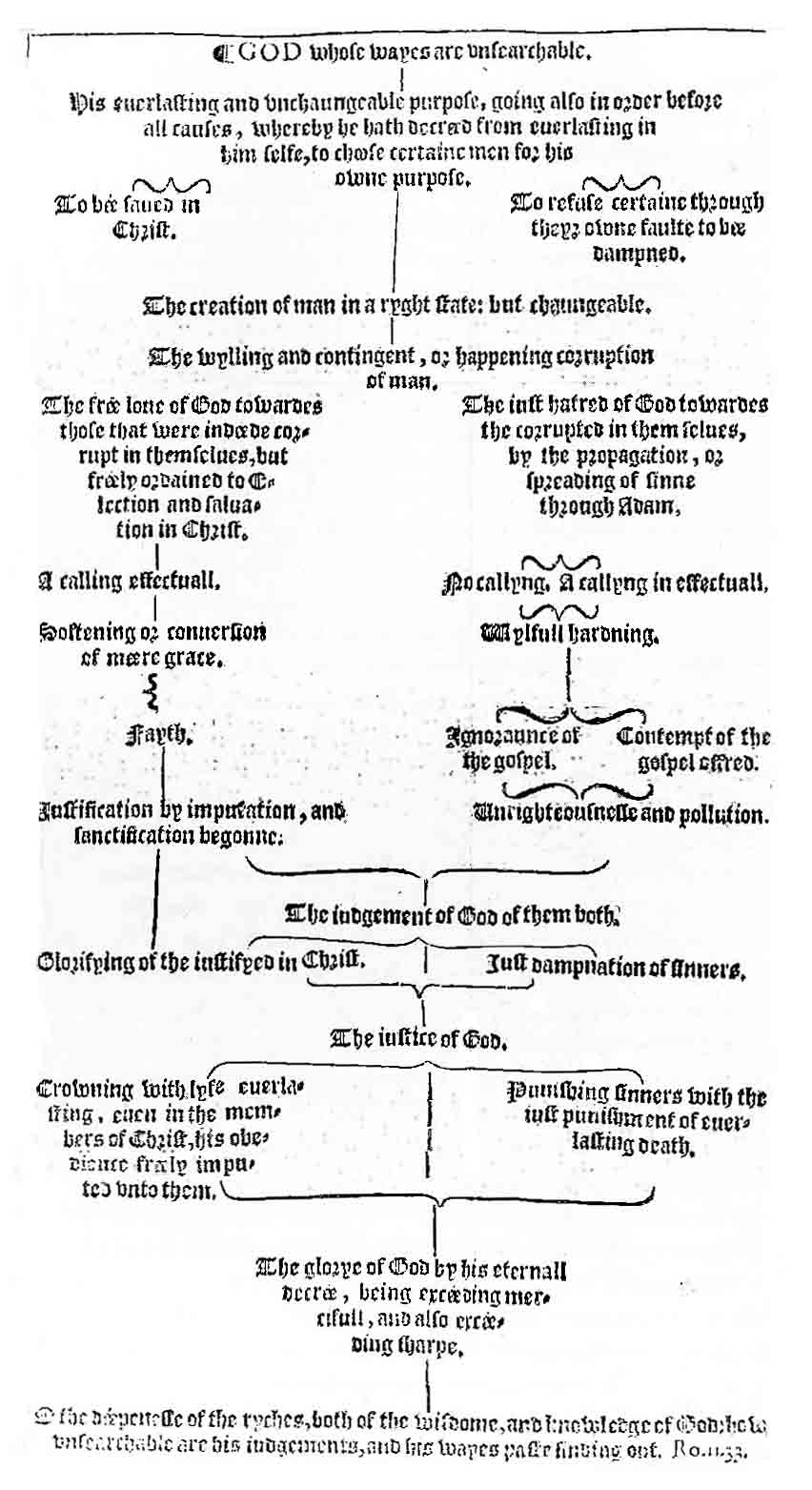 The Doctrine of Double Predestination:
A Summary
The Doctrine of Double Predestination:
A Summary
It has become a commonplace of Reformation historiography to
decenter
the doctrine of predestination in the theology of John Calvin. Not
predestination
but justification was the fulcrum of his theology, combined with a
strong
sense of wonder and awe at the sovereign power of God; as William J.
Bouwsma
emphasizes, Calvin admired Luther highly and saw himself as fulfilling
what the latter had begun. By the same token, predestination was the
logical
consequence of any doctrine based on salvation by grace alone
--
which included the doctrines of both Luther and Zwingli. Finally,
Calvin
was not, strictly speaking, a “Calvinist,” in the sense that
predestination
came to occupy an ever more central theological role only after the
Genevan
reformer's death, when theological debate among Protestants became more
polarized and doctrinaire. As Alister McGrath puts it, Calvin's
religious
ideas may have been systematically arranged; those of his
successors
were “systematically derived on the basis of a leading
speculative
principle,” that of predestination. And yet this is precisely the
issue:
as with Luther on secular power, the historical importance of Calvin's
theology transcends the emphasis he placed on this element or that. In
this sense, the strong “popular” association between Calvin's thought
and
predestination is not misguided at all.
Image: Titlepage of Calvin's Institutes of Christian Religion (1556).
